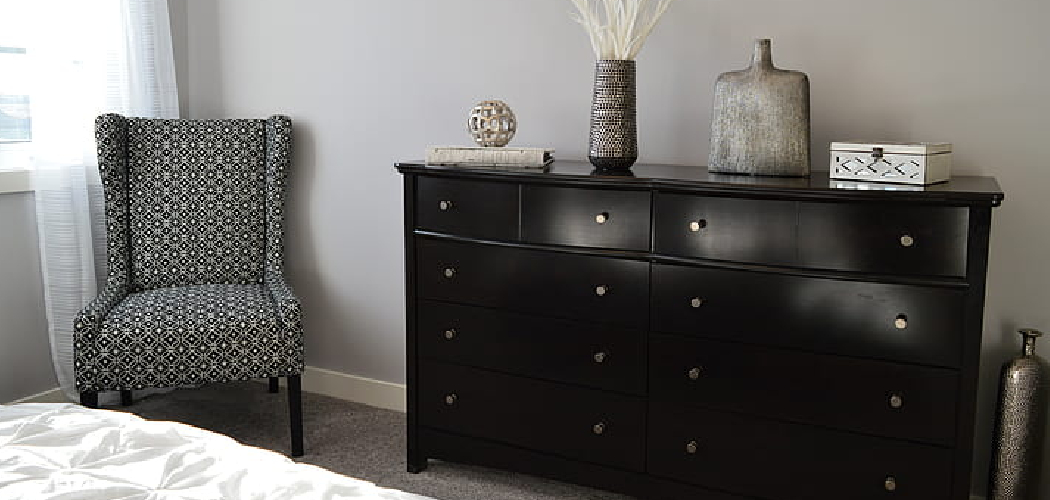Transforming furniture with a sleek black finish is a rewarding project that can dramatically change the look and feel of any room. Whether you’re aiming for a modern, chic aesthetic or seeking to add a touch of sophistication, painting furniture black is an excellent way to achieve a timeless appeal. This guide will walk you through how to paint furniture black, ensuring a smooth, professional finish that lasts. From choosing the right type of paint to preparing your furniture and applying the final coat, we’ve got all the tips you need to successfully revamp any piece of furniture.
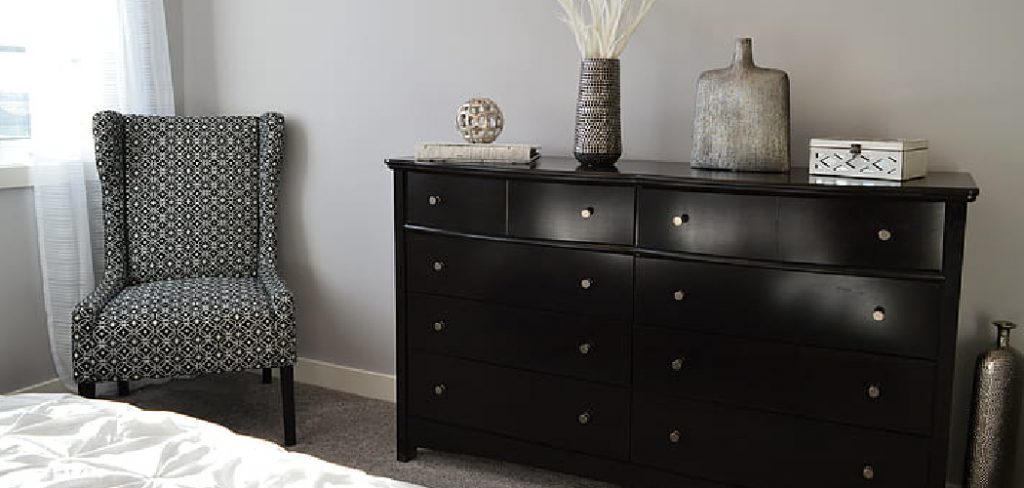
The Appeal of Black Furniture
Black furniture offers unparalleled versatility and elegance, making it a popular choice for a variety of design styles. Its neutral tone means it can seamlessly blend with different color schemes and decor elements, serving as both a bold statement and a subtle backdrop.
The inherent sleekness of black furniture adds a modern touch, while its classic nature ensures that it remains fashionable through changing trends. Moreover, black surfaces tend to show less dirt and wear, making them not only aesthetically pleasing but also practical for everyday use. Whether used sparingly in accent pieces or throughout an entire room, black furniture can transform spaces, infusing them with a sense of depth, contrast, and sophistication.
Materials and Tools Needed
Before diving into painting your furniture black, it’s important to gather all the necessary materials and tools to ensure a smooth process. Here’s what you’ll need:
- Sandpaper or Sanding Block: To prepare the surface and ensure the paint adheres properly. A variety of grits can be useful, from coarse for initial sanding to fine for smoothing.
- Paintbrushes and Foam Rollers: Quality brushes and rollers help achieve an even application without streaks or brush marks.
- High-Quality Black Paint: Choose a paint that is suitable for furniture, such as a durable latex, chalk, or acrylic paint.
- Primer: A good primer helps in creating a uniform base, enhancing paint adhesion, and increasing durability.
- Drop Cloths or Old Sheets: Protect floors and surrounding areas from paint splatters.
- Painter’s Tape: For masking off areas you don’t want to paint, such as hardware or adjacent surfaces.
- Protective Gear: Gloves and safety goggles to protect your skin and eyes from chemicals and dust.
- Dust Cloth or Tack Cloth: To wipe down surfaces after sanding and remove any dust.
- Topcoat or Sealant: For added durability and a polished finish, consider using a clear topcoat or sealant.
Having these materials and tools on hand will help ensure your painting project goes smoothly and yields a professional-looking result.
Preparing the Furniture for Painting
Before you start painting, preparing the furniture is a crucial step that ensures a smooth finish and enhances the longevity of the paint job. Start by cleaning the piece with a mild detergent and water to remove any dirt, grease, or residue. Thoroughly dry the item with a clean cloth. Next, if your furniture has any old paint or finish, use sandpaper or a sanding block to sand the surface. This will create a rough texture that helps the primer and paint adhere better.
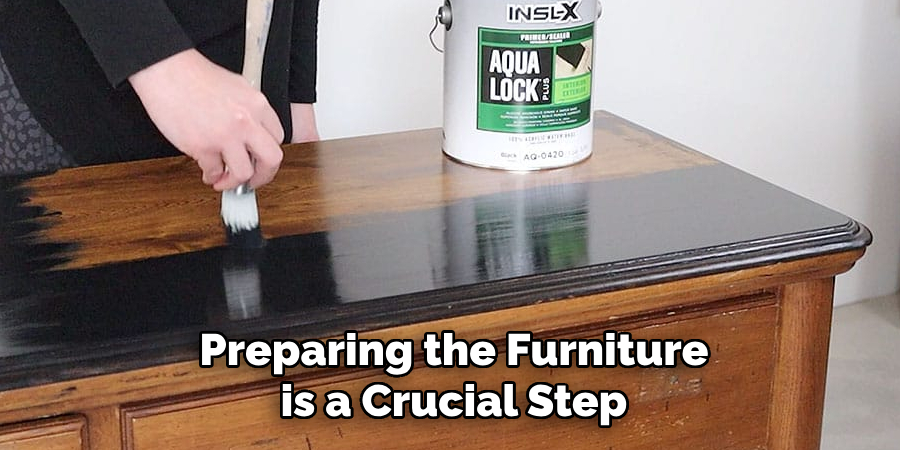
Pay special attention to corners and detailed areas to ensure a consistent prep. After sanding, wipe the furniture with a damp dust cloth or tack cloth to remove any sanding dust. If there are any holes, scratches, or imperfections, fill them with wood filler and sand the area smooth once it dries. Finally, apply tape to areas you want to protect, such as hinges or glass sections, using painter’s tape. With the furniture cleaned, sanded, and taped, you’re ready to move on to the priming stage.
10 Exciting Ways on How to Paint Furniture Black
Imagine giving your old furniture a stunning new life with just a coat of black paint. Whether you’re a home decor lover or part of the upcycling community, painting furniture black can add drama, elegance, and modernity to any piece. This listicle will guide you through ten innovative methods to achieve that perfect black finish, offering tips and advice to ensure your project is successful.
1. Chalk Paint Technique
Chalk paint is a favorite in the DIY community due to its matte finish and no-prep application. It requires no sanding or priming, saving you time and effort. Just clean your furniture, apply the paint, and watch it transform. One of the perks is its ability to create a rustic, vintage feel, perfect for shabby chic decor styles.
2. Spray Painting
For those seeking a smooth, even finish, spray painting is an excellent choice. It allows for quick application and is ideal for intricate designs or detailed pieces. Remember to use a primer to ensure the paint adheres well, and work in a well-ventilated area to avoid inhaling fumes.
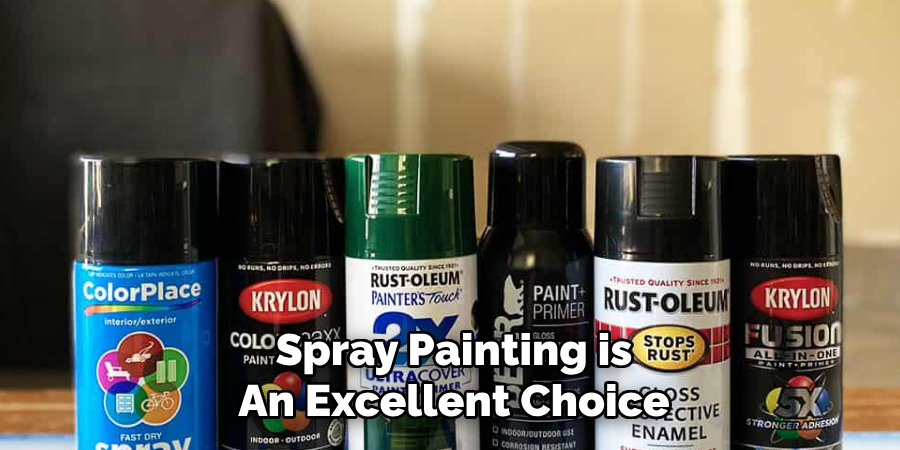
3. Milk Paint Magic
Milk paint offers a slightly textured finish with a subtle sheen, ideal for those vintage-loving upcyclers. It’s also eco-friendly and non-toxic, making it great for projects around kids or pets. You can control the coverage level by adjusting the water ratio, giving you either a full, opaque look or a lighter wash effect.
4. High-Gloss Enamel
If you want your furniture to stand out, opt for high-gloss enamel paint. It provides a sleek, shiny finish that’s both durable and easy to clean. Perfect for modern spaces, this technique works exceptionally well on surfaces like kitchen cabinets or contemporary side tables.
5. Distressed Black Finish
Achieve a weathered look by distressing your painted furniture. After applying a base coat of black paint, lightly sand the edges and corners to reveal the underlying wood or previous colors. This technique adds character and charm, ideal for farmhouse or eclectic styles.
6. Two-Tone Technique
Create visual interest by pairing black with another color. Paint the main body of the furniture black while using a contrasting shade for accents, like drawer fronts or legs. This method allows you to play with color dynamics and tailor the piece to fit varied decor schemes.
7. Stenciling and Accents
Enhance your black furniture with stencils or accent painting. Use metallic or bright colors to add patterns and designs, creating a unique and personalized look. This approach is great for adding flair to dressers, accent tables, or even headboards.
8. Black Wash Effect
For a subtle and sophisticated look, consider the black wash technique. Mix black paint with water and apply it as a glaze over the furniture. This method adds depth and highlights the furniture’s natural grain, making it perfect for wooden pieces.
9. Furniture Waxing
After painting, apply a clear or dark wax to seal and protect the paint. Waxing not only enhances the paint’s durability but also gives your furniture a soft, satin finish. Use clear wax for a pure black look, or dark wax to add a touch of warmth and antiquing.

10. Faux Leather Finish
For a truly unique statement, try a faux leather finish. After painting with black, use a rag to dab on a mixture of clear glaze and brown or copper paint, creating a mottled effect. This gives your furniture a luxurious, textured appearance similar to aged leather.
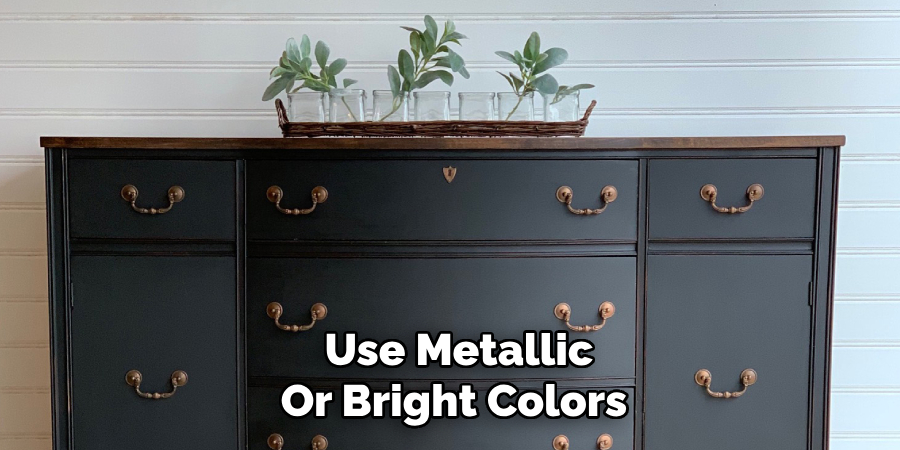
Sealing and Protecting the Finish
Once you’ve carefully painted your furniture and achieved the desired look, sealing and protecting the finish is crucial to ensuring its longevity and durability. Depending on the type of paint used, such as chalk, milk, or high-gloss enamel, choose a suitable sealer that complements the finish while offering protection against scratches and wear. For most paint types, a clear polyurethane topcoat is an excellent choice, providing a tough, water-resistant barrier that’s easy to apply with a brush or spray.
Apply thin, even coats and allow each layer to dry thoroughly before adding the next to prevent any bubbling or streaking. For a softer, more natural finish, furniture wax can also be used, particularly if you’ve employed techniques like distressing or a black wash effect. Gently buff the wax into the surface with a soft cloth to achieve a subtle sheen. Regardless of the sealer chosen, regularly maintain your newly painted furniture by cleaning it with a damp cloth and avoiding harsh chemicals or abrasives. This routine care will help preserve the stunning finish and keep your piece looking fresh and vibrant for years to come.
Conclusion
Transforming furniture with a black paint finish can breathe new life into an old piece, enhancing its character and style. With the various techniques explored—from chalk paint and spray painting to high-gloss finishes and stenciling—there’s a method to suit any taste and skill level. Each approach offers unique benefits, allowing you to tailor the end result to your personal decor style while providing a rewarding DIY experience. Sealing and maintaining your painted furniture ensures that the transformation lasts, protecting your effort and creativity. Thanks for reading, and we hope this has given you some inspiration on how to paint furniture black!
